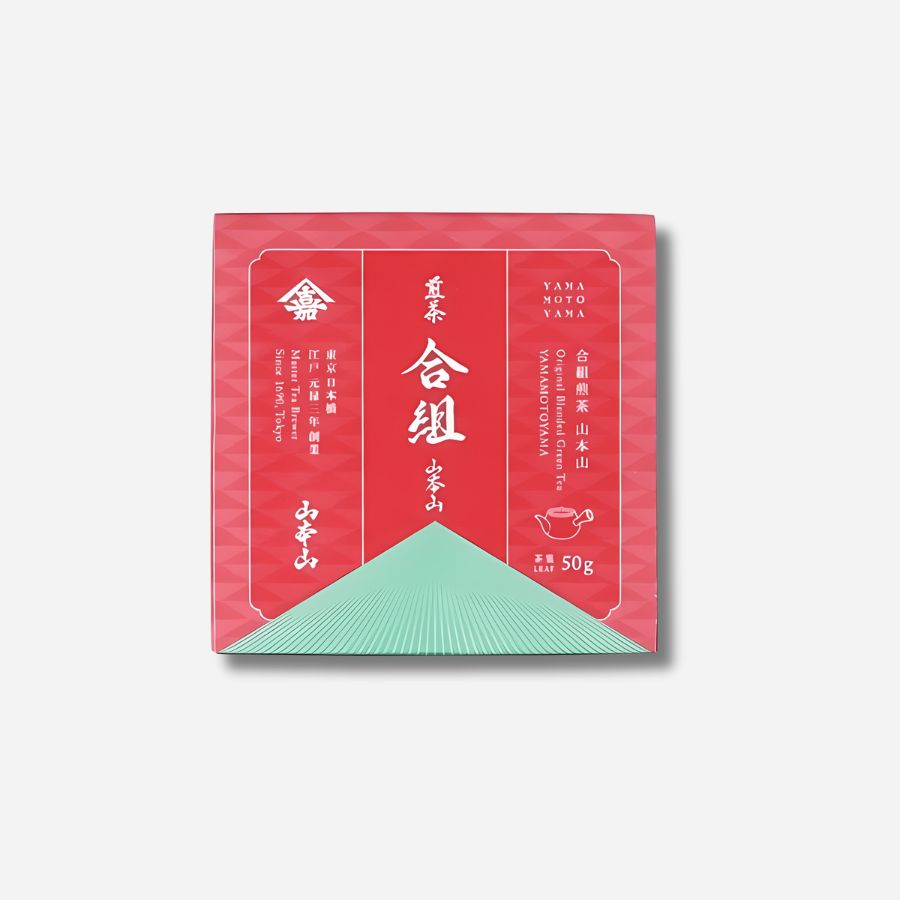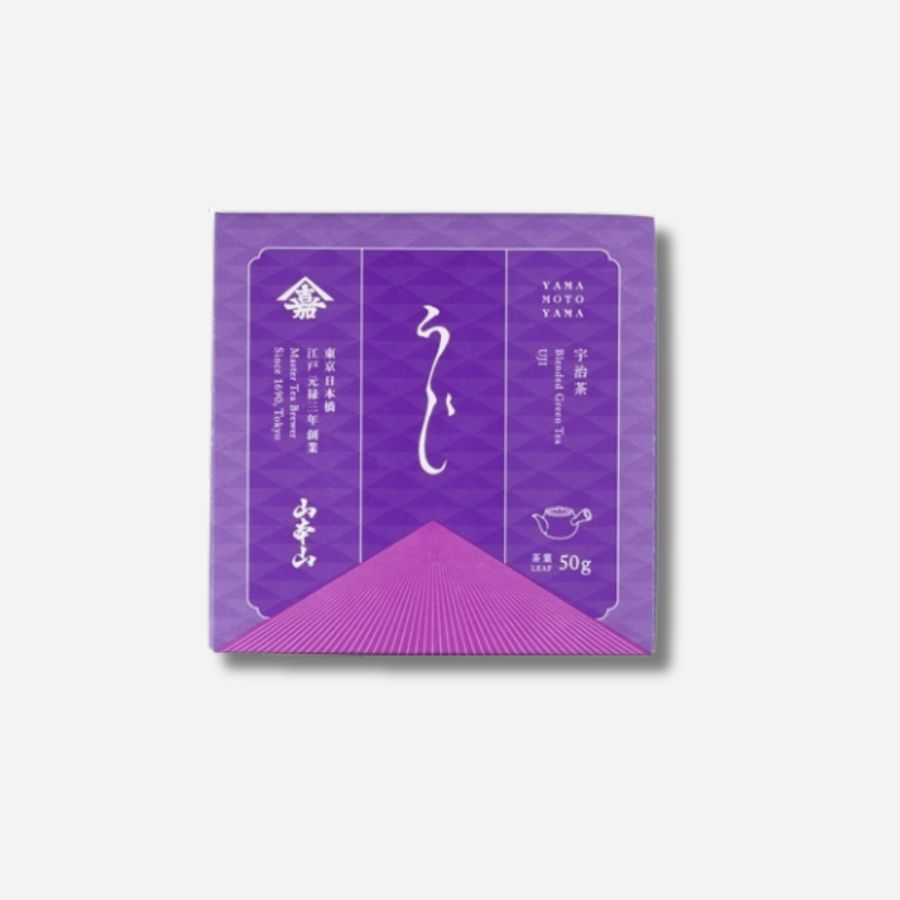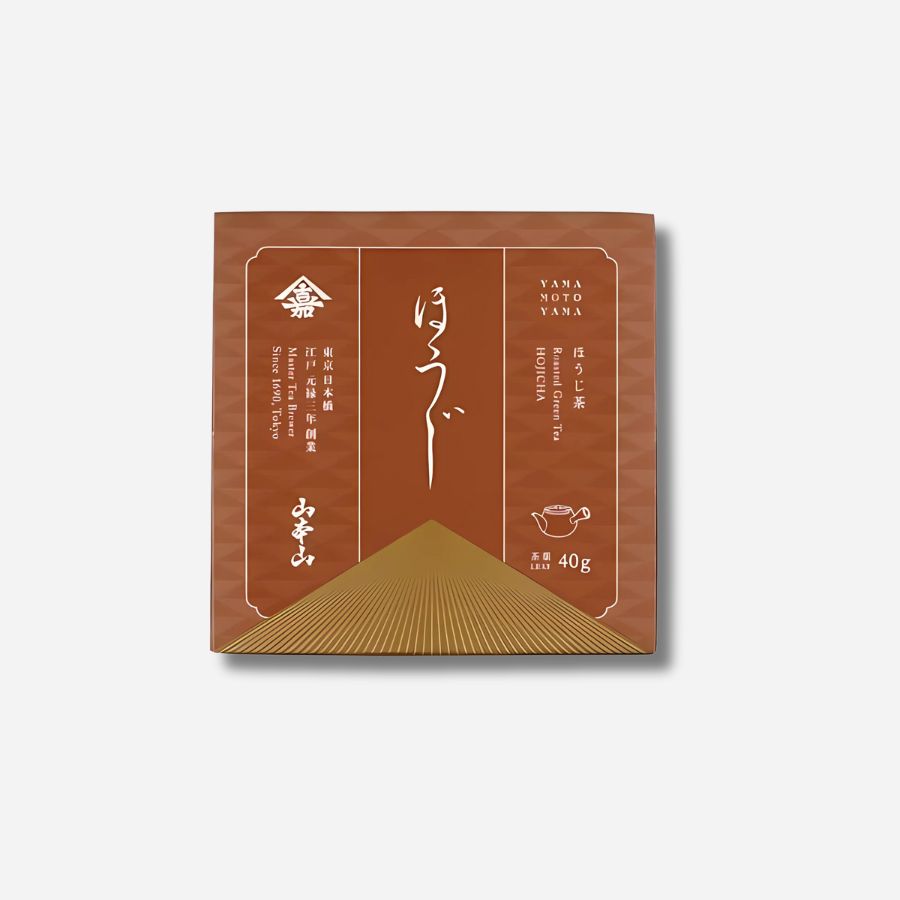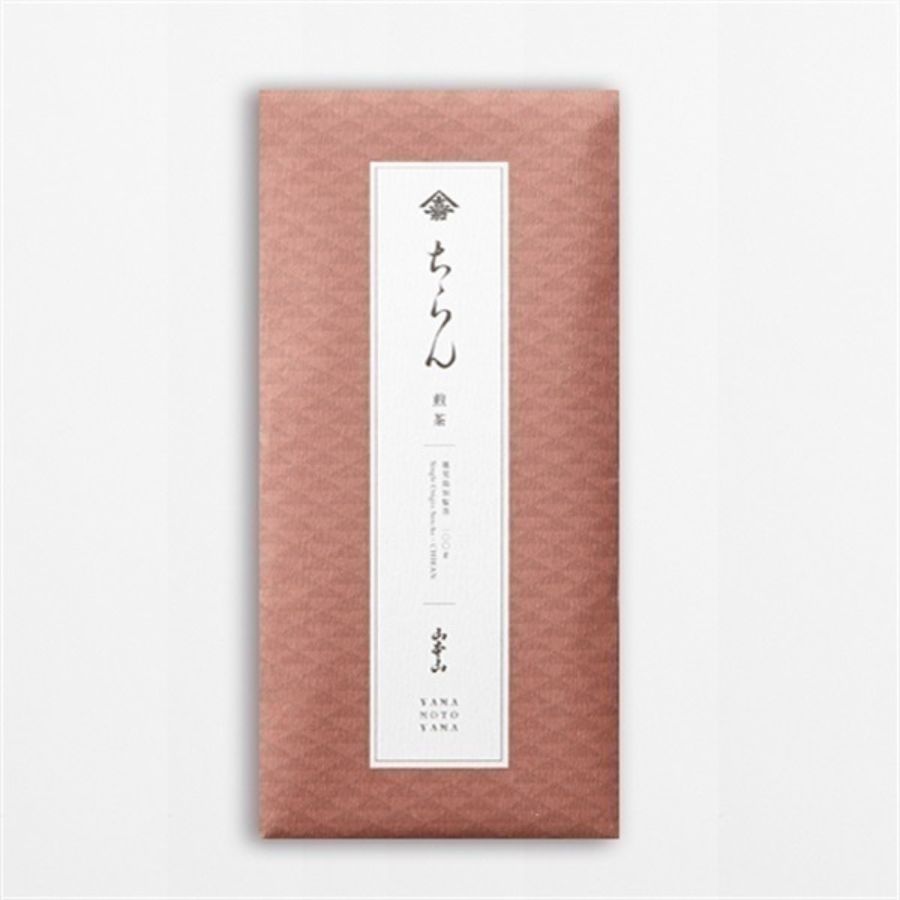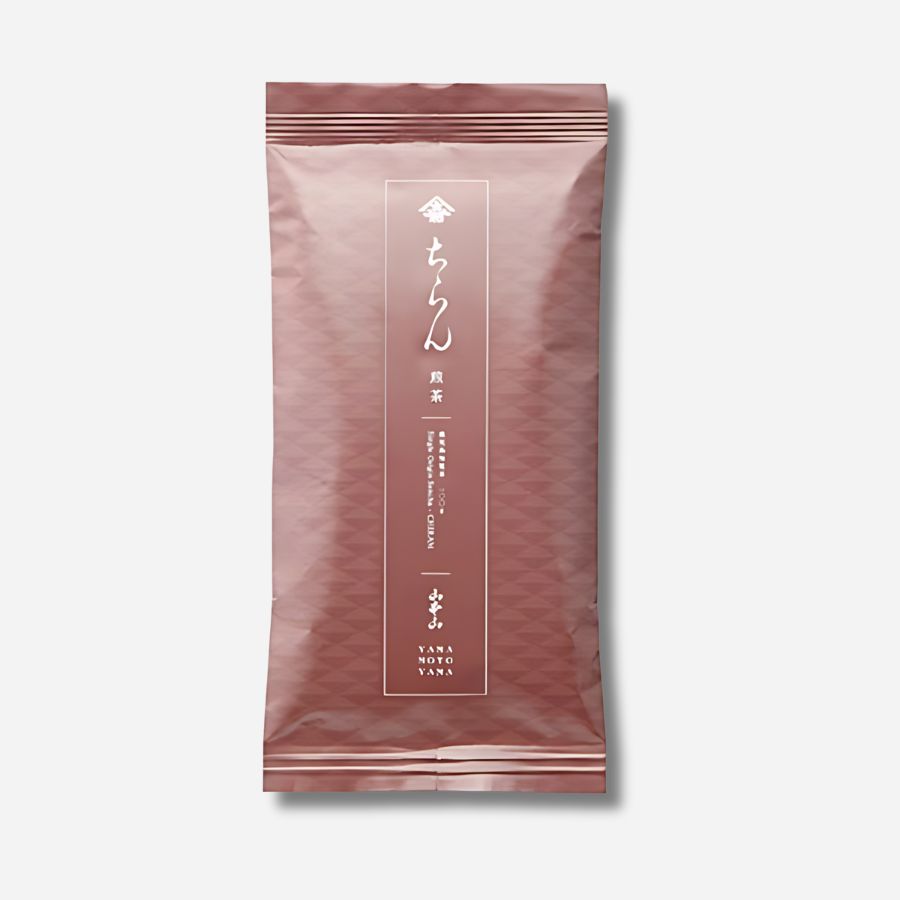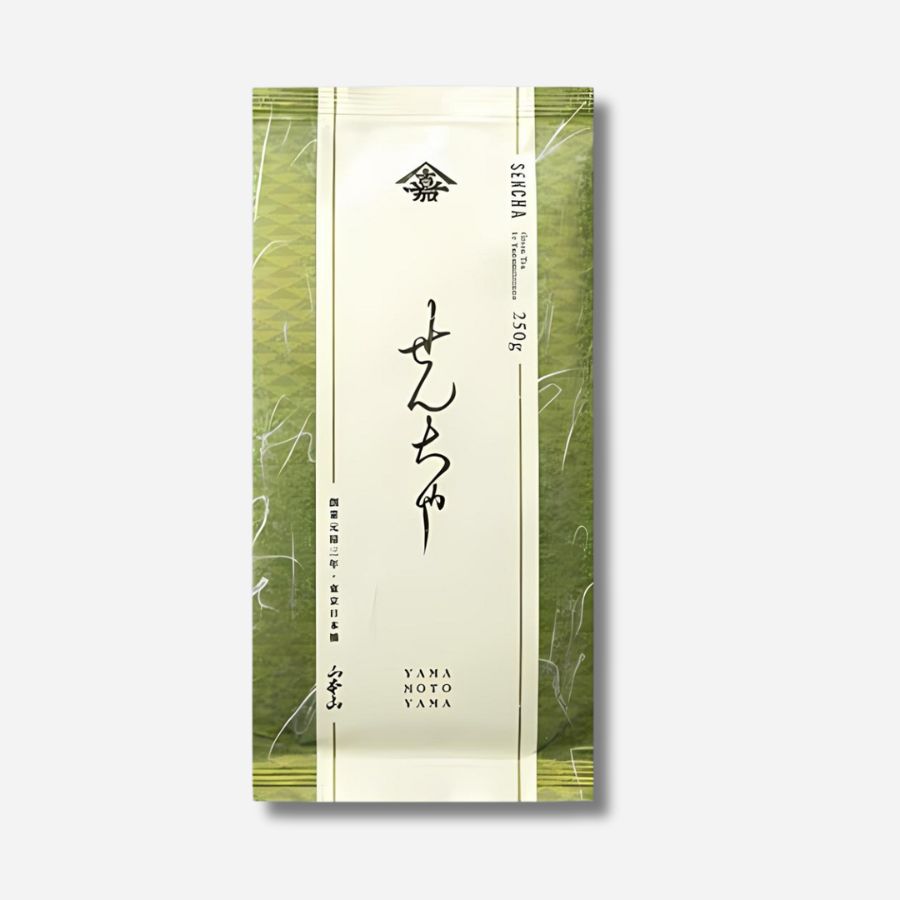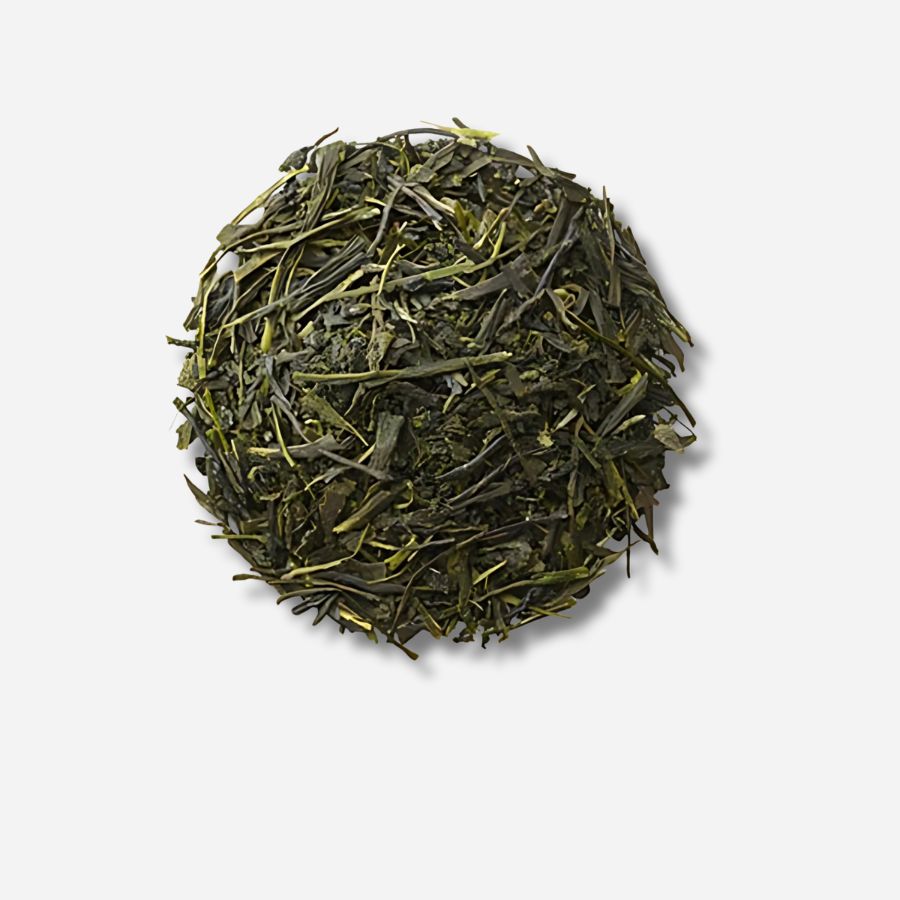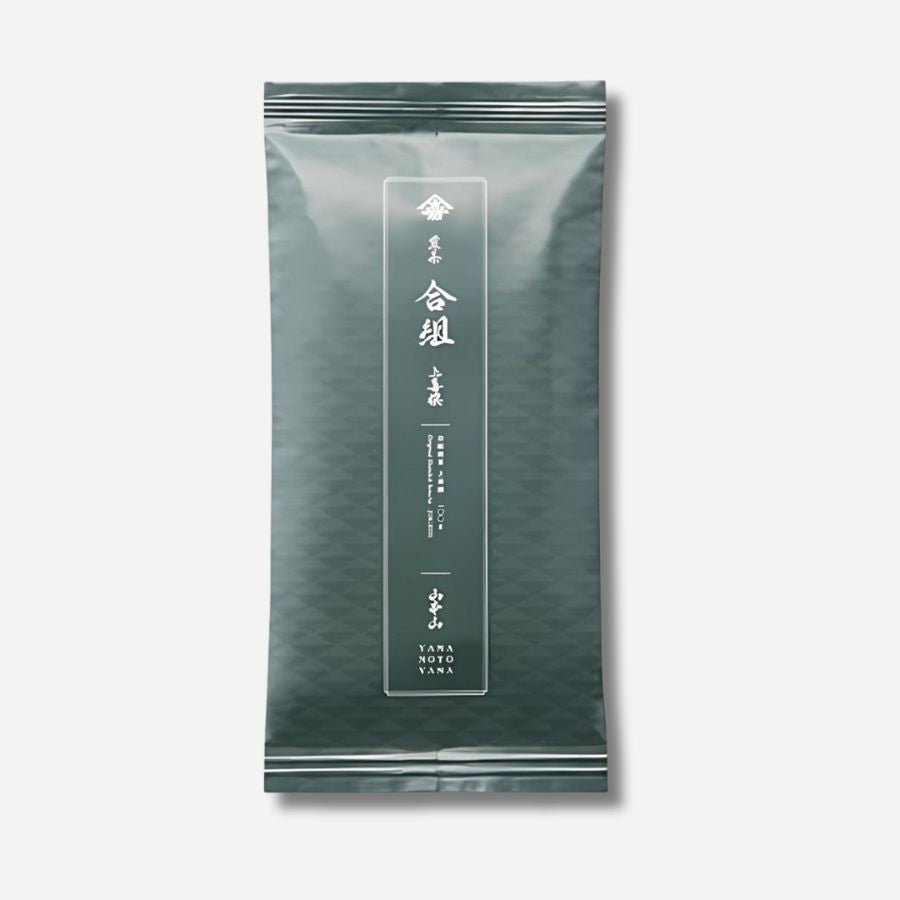
Tea has been loved for over 5000 years! Unraveling its history and culture
Introduction
Tea is deeply rooted in our lives.
It is true that the habit of brewing tea using a teapot may have declined, especially among young people, but I think there are still many people who feel thirsty and drop in to buy tea at a convenience store, and many people who make barley tea at home in the summer.

Tea is not just a drink for hydration; it also has many positive effects on health, such as helping with dieting, improving skin condition, preventing tooth decay, and boosting the immune system.
This time, we will explore the history of tea and introduce the surprising health benefits of tea that have been recognized since ancient times.

The history of tea: supporting people's health since the age of mythology
When did people start drinking tea?
Although it is still a historical mystery and not clear, the world's oldest records of tea date back to China about 5,000 years ago.
Shennong, a character in Chinese mythology, is said to have roamed the mountains and fields in search of medicinal herbs, sampling a variety of plants.
There is a famous anecdote that when he accidentally ate a poisonous plant, he chewed tea leaves to cure it. It is well known that Shennong cured himself with tea leaves every time he was poisoned by 72 different kinds of poison.

This legend is not just a myth, it actually has solid scientific basis.
The catechins contained in tea leaves are known to easily bind with alkaloids, which are plant toxins, and have a detoxifying effect.
In other words, the detoxifying effect of tea leaves as spoken of in mythology is something that is entirely plausible and has been proven by modern science.
As you can see from this, tea was originally used as medicine, but as people began to recognize its refreshing aroma, the invigorating feeling after drinking it, and its various health benefits, it gradually became established as an everyday drink.

As tea spread around the world, each region developed its own unique way of making it and drinking it.
In China, green tea was created by steaming and drying the tea leaves, and in Japan, a unique tea ceremony culture flourished. Black tea was born in India and has since become a drink enjoyed around the world.

Tea is introduced to Japan: the birth of tea ceremony culture
Tea is said to have been introduced to Japan around the Heian period.
Tea was brought back by Japanese envoys to the Tang Dynasty and monks studying abroad, and was initially used in Zen Buddhist ceremonies, and later became popular among aristocrats and samurai.
During the Edo period, tea became popular among the common people, and teahouses became an integral part of the cityscape.

The amazing power of tea revealed by modern science
Tea has been popular as a healthy drink since ancient times, and in modern times its health benefits have been scientifically proven.
It has been revealed that the catechins contained in tea leaves have antioxidant and antibacterial effects, as well as the ability to prevent lifestyle-related diseases.
In addition, the aromatic components of tea are said to have a relaxing effect. Recent studies have suggested that tea may be useful in preventing cognitive decline and some cancers.

The future of tea with 5000 years of history
In this way, tea is more than just a drink; it is deeply rooted in people's health and culture.
Tea, which has a history of 5,000 years, will continue to be loved by people and will continue to show new charms.





